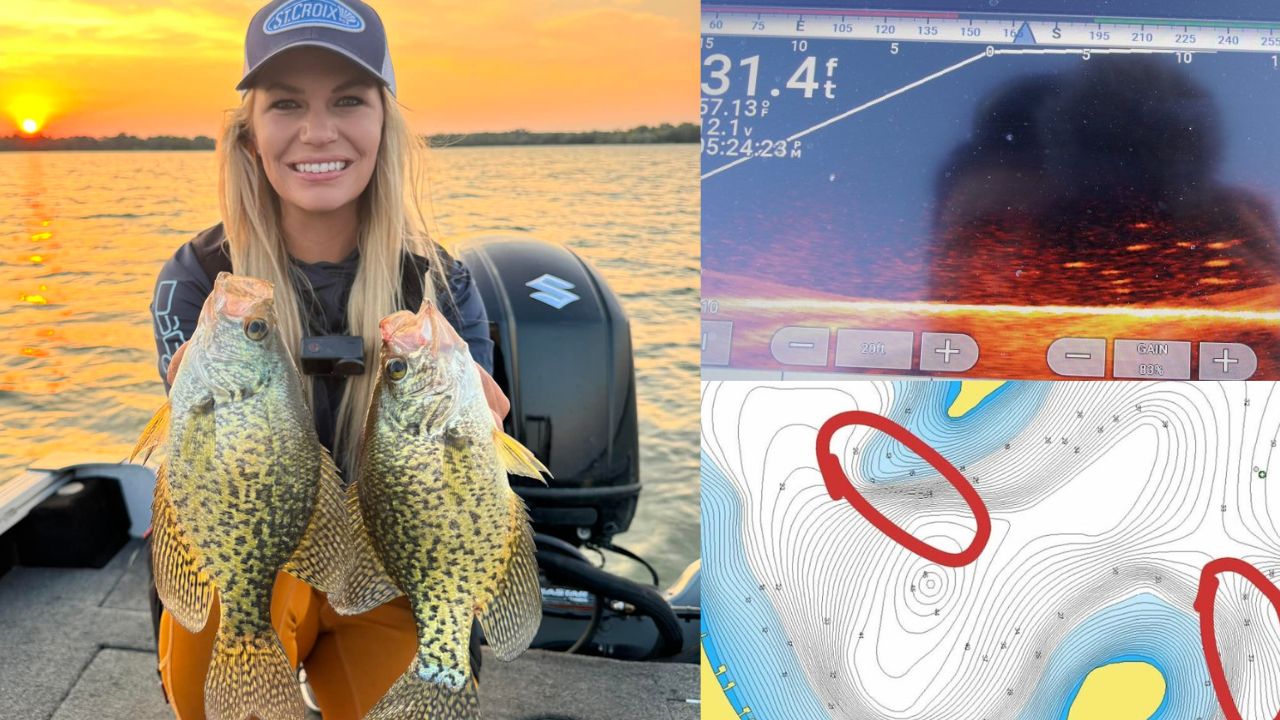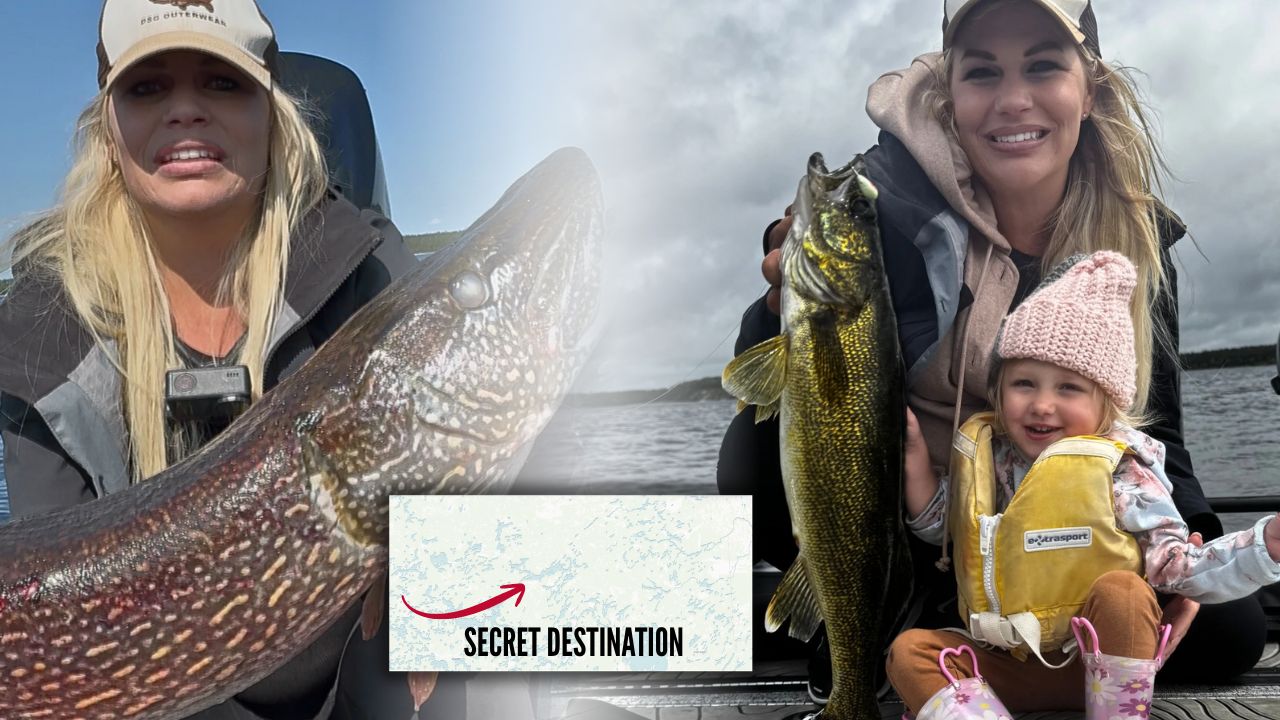Crappie fishing has become my absolute obsession. There’s something magical about it—simple enough for beginners, exciting enough to keep you coming back, and the perfect gateway drug to turn anyone into a lifelong angler. While I dream about those legendary trophy waters I get to experience, reality often finds me chasing crappie and bluegill in my backyard.
Through this time, there is one thing that has drastically improved my crappie turnover rate and allows me to fish primarily with plastics – saving me money, time and a mess. This tactic? Go light with everything. Many people know not to throw too big of hooks or use too big of rods, but I have found even the line you throw can make a world of a difference when targeting these slabs.
This wasn’t just a minor tweak—it was a total mindset shift to put more effort into each setup, from the jig size, line weight, the rod and reel balance in my hand. This didn’t just boost my catch rates, it made fishing infinitely more fun and accessible. Now my 2-year-old daughter can feel every nibble, my nieces are outfishing the adults, and friends who used to struggle are suddenly hooking up left and right with nothing but a panfish rod and plastic all season long.
Gear Matters in Crappie Fishing
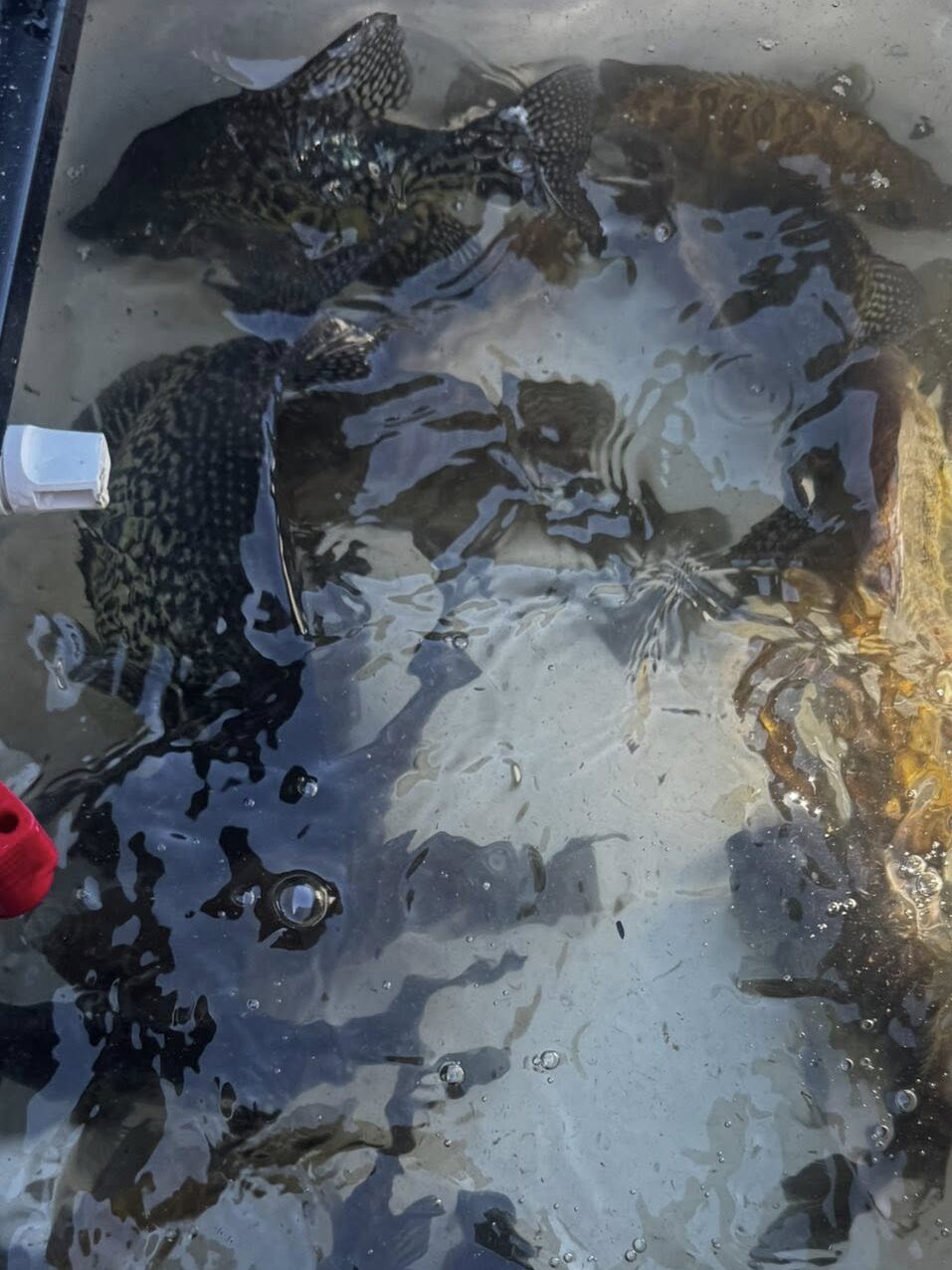
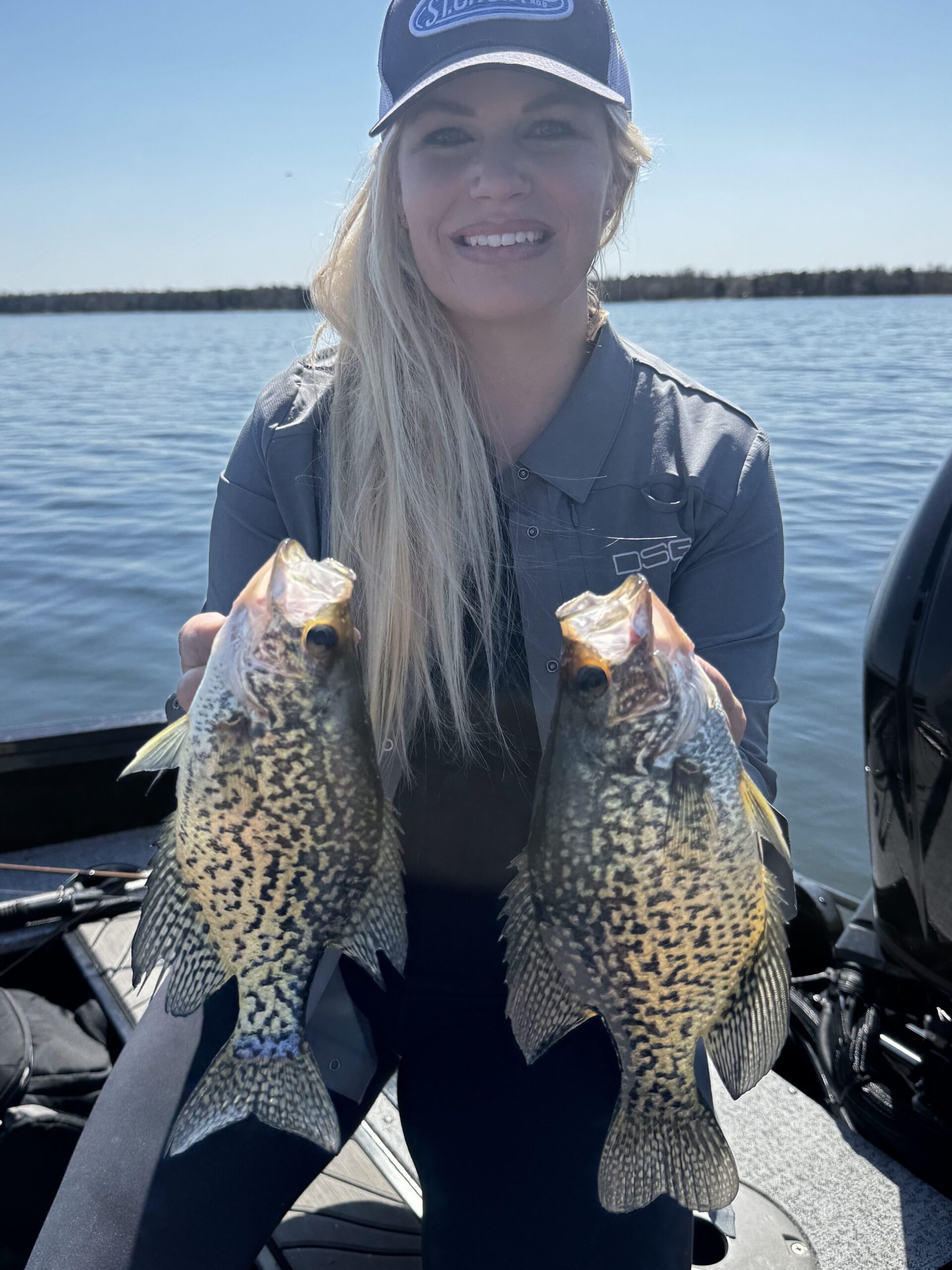
The traditional mindset of “bigger is better” doesn’t apply to serious panfish angling. When you’re targeting crappie and trophy bluegill in Minnesota’s diverse waters, from shallow weed beds to deep drop-offs, lighter tackle creates opportunities that heavier setups simply can’t match. This is especially true when fishing over weeds, after a cold front, or doing the cold season up north. It’s also important when running my favorite baits of all: Bobby Garland Plastics.
I used to take my The moment I switched to Light and Ultralight power rods—specifically the St. Croix Panfish Series—everything changed. Suddenly, I was feeling every subtle bite, setting hooks more effectively, and landing significantly more fish.
The Complete Light Setup
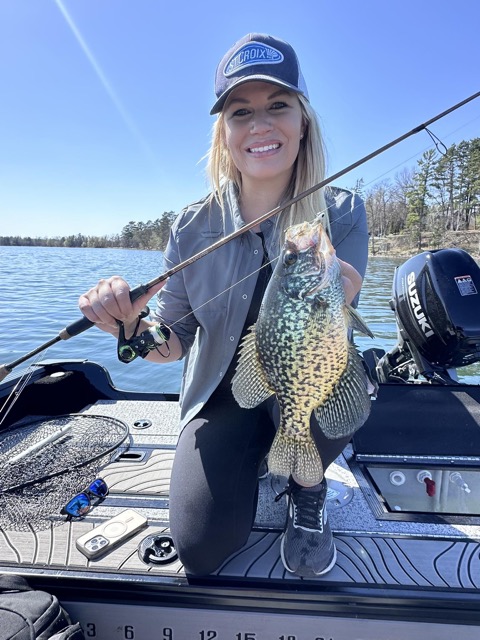
The key is to make sure you pair a light bait, with a light jig, light line, and top it off with a lightweight reel to keep the entire setup balanced and sensitive. When these things match up you have:
- More sensitivity
- Can cast your light baits further
- Easier hooksets (by far)
- Entice finicky fish to eat
- Can fish on top of heavy vegetation where these fish often congregate in the summer
Here is the gear I use but any light rod (or ultralight), light line (I find 6lb max – often times 4 lb), light jigs and plastics can make all the difference.
Rod Power: When it comes to rod power, in most instances I ALWAYS recommend the Light Fast Action rod from The St. Croix Panfish Series. This has become my absolute go-to because these rods are designed specifically for the nuanced presentation that panfish demand. I keep an ultralight on hand as well, just to make sure I can throw the lightest baits possible when Ineed to.
Reel: The Piscifun Viper 500 (found here and you can use code nicole18) has been a game-changer for me. This lightweight reel handles light line beautifully and the best part is it won’t break the bank—Its smooth drag system is perfect for fighting crappie and big bluegill on light tackle.
Line: This is what will tie the entire setup together. If you ever struggle to cast your baits, I can almost guarantee you have too heavy of line. That’s why I prefer 6-pound test or lighter (often times lighter). This might seem fragile, but the reduced visibility and natural presentation more than compensate for any strength concerns. Plus, with proper technique, you’ll be surprised what you can land on light line.
Lures: I’ve moved almost exclusively to plastics, and they consistently outfish live bait when paired with the right setup. My deadly combination is the Bobby Garland and Slab StrollR paired with a Crappie Pro Moglo jig. You can get these plastics and jigs using code nicole15, or shop at Outdoor America for all your tackle needs.
Why This Combination Never Leaves My Boat
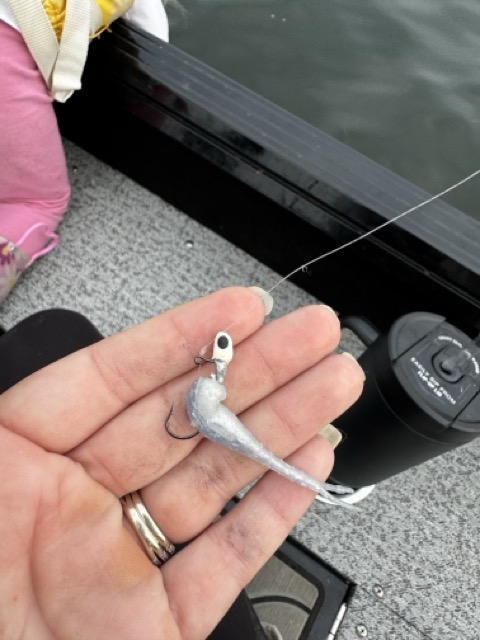
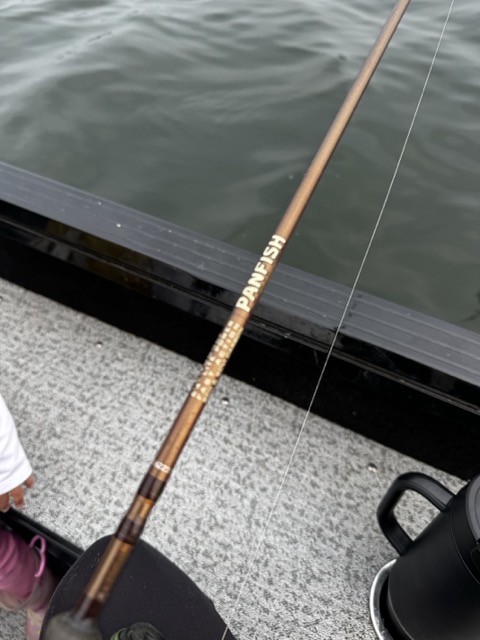
The Moglo jig’s horizontal presentation and light weight creates a natural, gliding action that triggers strikes from even pressured fish. Combined with the slow fall rate and the lifelike action of the Bobby Garland plastics line, it’s simply irresistible to crappie and big bluegill.
My technique is straightforward: cast the plastic and retrieve it slowly. The light setup allows you to feel every bump, every subtle take, and every change in the lure’s action. You’ll detect bites you never knew were happening with a heavier setup.
I just cannot emphasize enough the need for that slow retrieve.
How to Work Your Baits
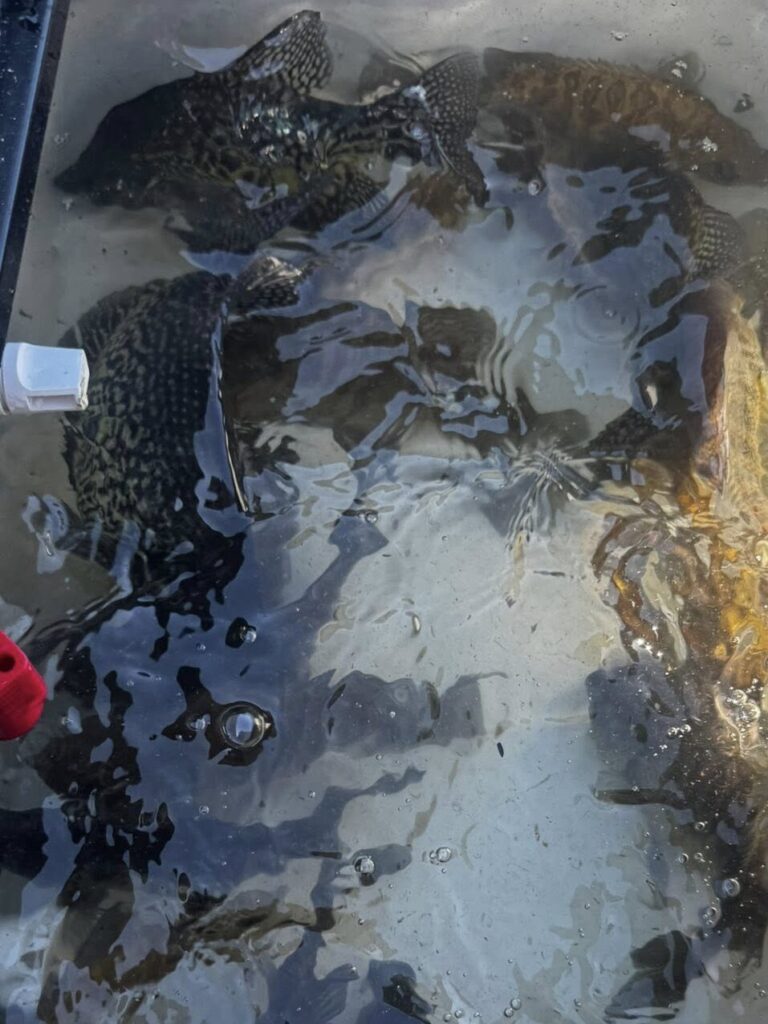
One of the biggest advantages of going light is the setup’s versatility. Whether I’m working through shallow weeds or targeting suspended crappie over deep drop-offs, the same light setup excels in both scenarios. The biggest benefit is the ability to cast at the fish in a variety of conditions and slowly work my bait or “plastic” back. That slow retrieve is always key in catching more fish.
The panfish series rods are designed to throw very small and light baits far distance. They also help with the retrieve. However the biggest factor in the retrieve (with equal size baits) is going to be matching the line. A light line, especially a brain/fluoro combo, cuts through the water with minimal resistance, allowing your plastic to maintain its natural action regardless of depth. It also helps keep it from falling into a weed bed you’ll be working over.
The Best Way to Get People Addicted to Fishing
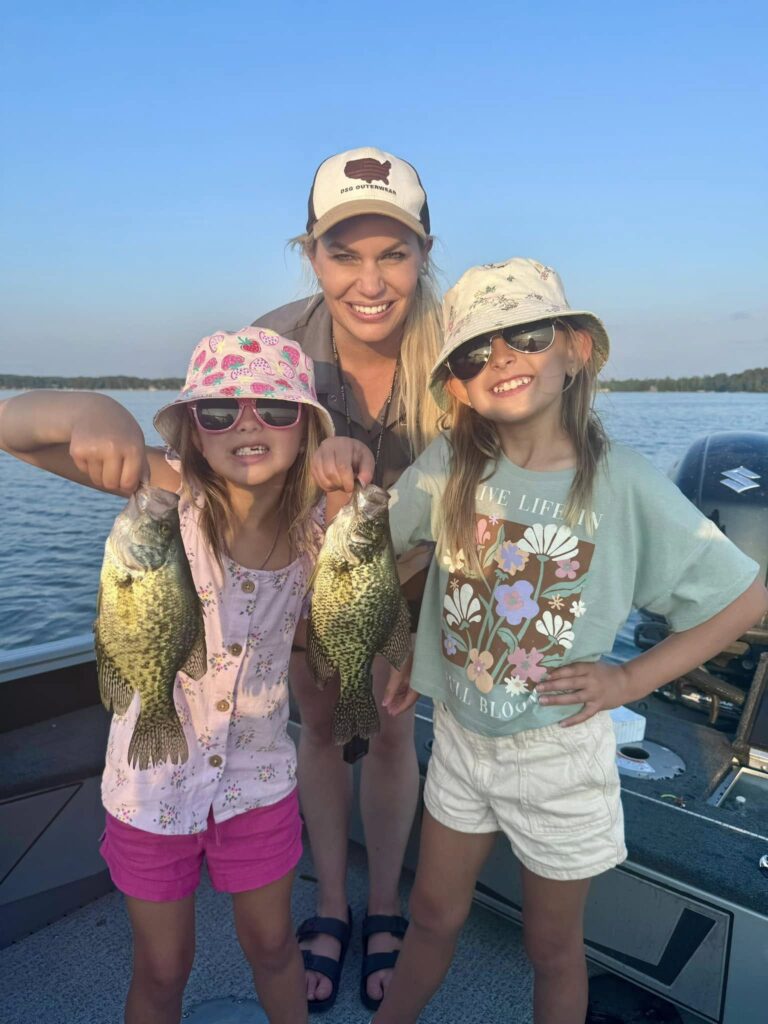
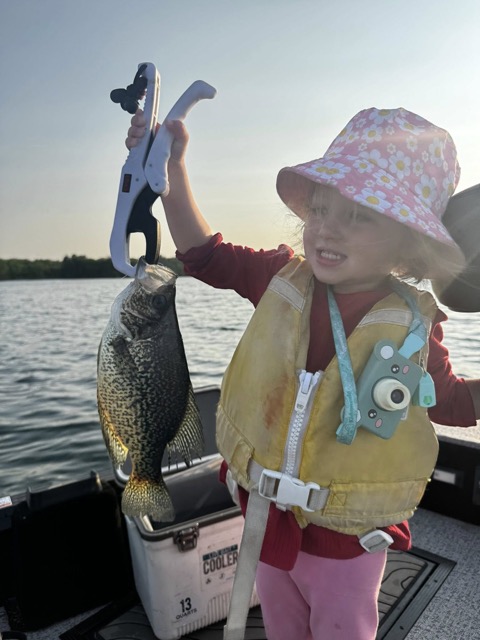
If you want to get kids, friends, or family addicted to fishing, start with panfish. Your success rate is going to be high, and it’s a great stepping stone into wanting to target bigger gamefish.
Nothing proves a technique’s effectiveness like watching beginners succeed with it immediately. When I take my daughter, nieces, or friends out fishing, the light setup gives them instant advantages:
- Better bite detection: They can actually feel when a fish is interested
- Improved hooksets: The rod loads properly on light fish, driving hooks home
- More fun: Fighting a 12-inch crappie on ultralight tackle is exponentially more exciting than on heavy gear
The Confidence Factor in Crappie Fishing
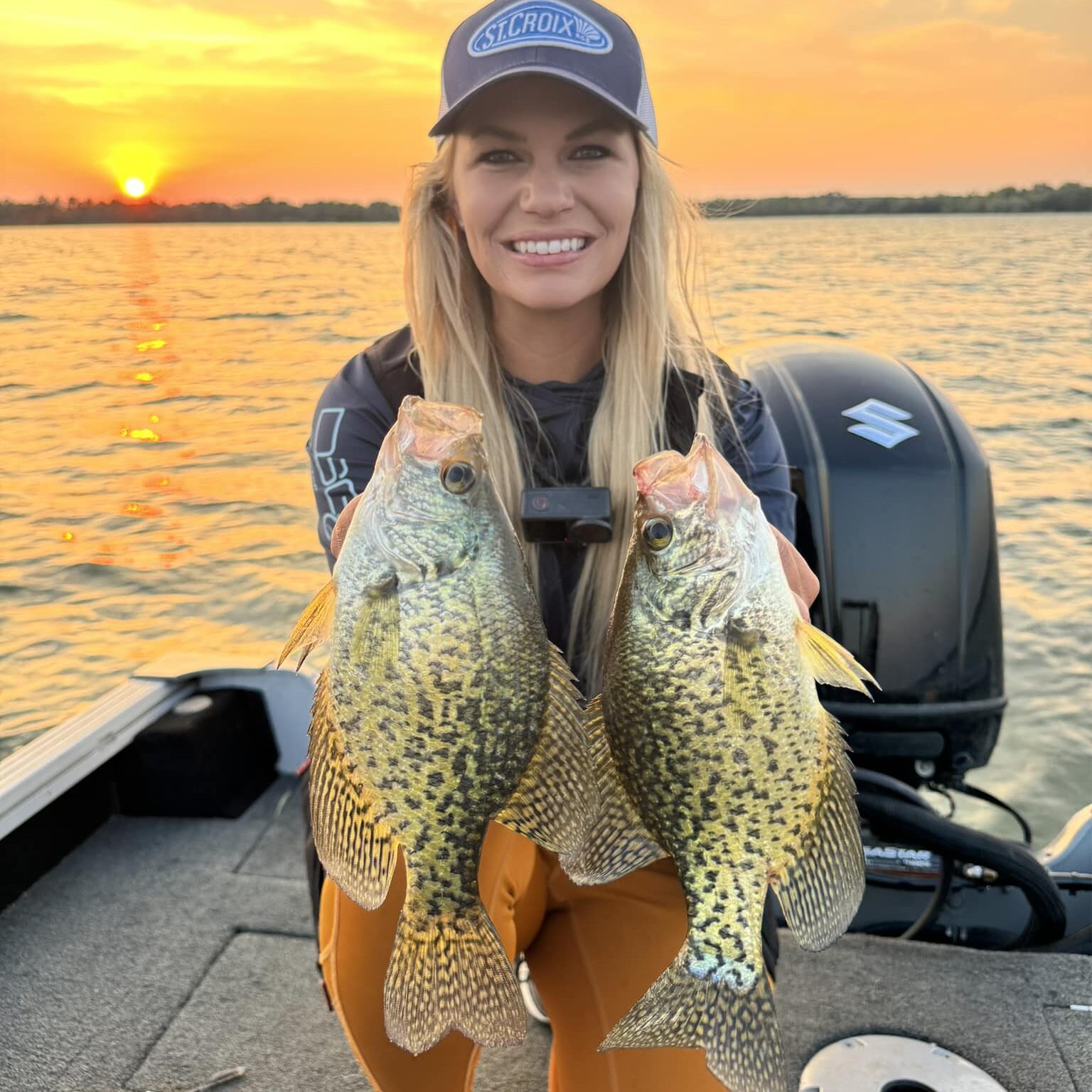
Once you experience the difference light tackle makes, you’ll fish with more confidence. You’ll know that when you’re marking fish or fishing proven structure, your presentation is optimized for success. There’s no wondering if your setup is too heavy or if you’re missing subtle bites.
Making the Switch
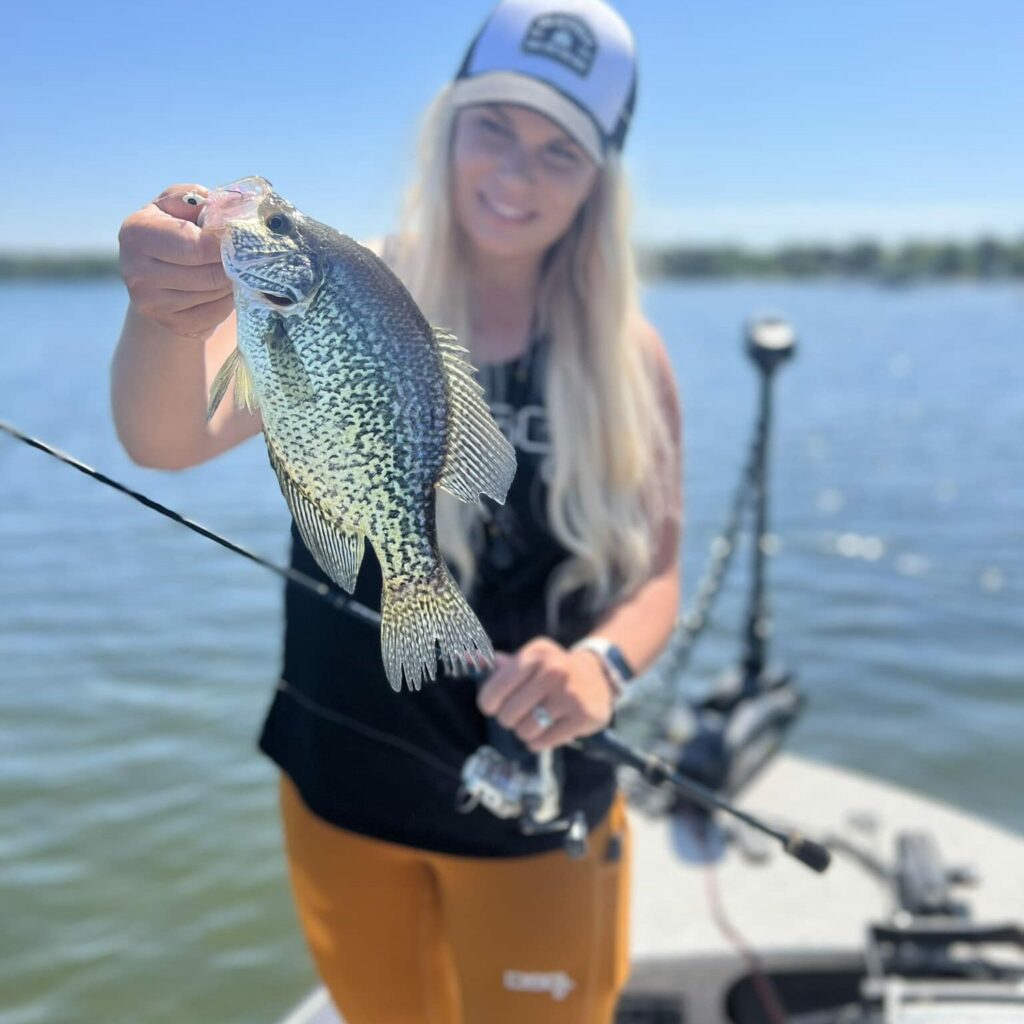
If you’re currently fishing with Medium Light or heavier tackle for panfish, I challenge you to try this approach. Start with a quality Light or Ultralight rod, spool up with some light line (mono or a braid flour combo will work just fine), and tie on a my favorite Moglo jig with your favorite Bobby Garland soft plastic. Spend a day fishing this setup in areas where you know crappie and bluegill are present. Launch your bait, do as very slow retrieve, and you’ll never look back.
The difference in your hookup ratio will be immediately apparent. You’ll wonder why you waited so long to make the change.
Final Thoughts
Downsizing your panfish setup isn’t about fishing smaller—it’s about fishing smarter. When you match your tackle to your target species’ feeding behavior and the subtle way they strike, everything else falls into place. The result is more fish in the boat, more smiles on faces, and a deeper appreciation for fishing.
Trust me, once you go light, you’ll never go back to those heavy rods again. Your crappie and trophy bluegill success depends on it.

